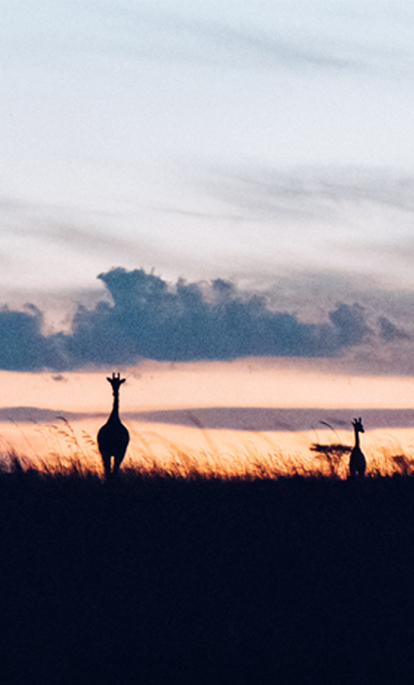
A few suggestions to get the holiday planning process started
Practical advice and inspiration to help you prepare for your holiday
When you think of safari holidays, Africa tends to come top of the list, and for good reason too. Home to the Big Five - lions, leopards, rhinos, elephants and buffaloes - Africa is an absolute Eden for wildlife lovers, from the savannahs of Kenya's Masai Mara to the sunbaked sand dunes of Namibia's Skeleton Coast. Spend your days enjoying immersive walking safaris (for the chance to really connect with mother nature) thrilling boating excursions and traditional 4x4 game drives before returning to a luxury lodge for dinners under the stars and the chance to share stories and sundowners with fellow travellers.
As much as we love African safaris, think outside the box a little and you'll discover that the world is your oyster when it comes to planning your safari holidays. From bird watching holidays in Ecuador's Galapagos Islands to riding safaris in Transylvania and even wildlife holidays in Europe - seeing everything from blue whales and polar bears to manta rays and flamingos - there are endless ways to craft a sensational safari holiday.
BEST SAFARI HOLIDAY FOR: SUNSET CRUISES
Sipping on an ice cold beer as you cruise gently downstream watching the sun slowly set and the sky turn a beautiful mixture of orange and pink is one of the most purely blissful experiences possible. Our favourite setting for such indulgence is along the mighty Zambezi River near Victoria Falls, where sunset cruises are offered by virtually every lodge on both sides of the river. Keep your eyes peeled and you'll almost certainly see elephants and other riverbank dwellers enjoying the views too.
BEST SAFARI HOLIDAY FOR: PEACE AND QUIET
An authentic mokoro dugout canoe safari in Botswana's Okavango Delta is one of the most memorable of all safari experiences, with your expert guide punting your canoe through the shallows. And since punting is almost entirely silent, this is also one of the most peaceful safari experiences, too. Sit back and let you guide do the hard work as you take in the views of the flooded plains and tall reeds while you meander down narrow waterways to spot frogs bubbling below the surface, buffaloes on the shoreline and fish eagles circling overhead.
BEST SAFARI HOLIDAY FOR: WILDLIFE
The Chobe River flows from Namibia's Caprivi Strip into northern Botswana and is well known for the density of wildlife that crowds its banks. With the Chobe National Park hosting the highest concentration of elephants in Africa there's little wonder that elephants are among the most frequently spotting on an afternoon small boat safari, or on a longer multi-day luxury cruise, but you can also expect to see hippos, buffaloes, crocodiles, lions and more.

Our team of destination experts will get to know you and your unique requirements for your holiday

We work with you to build an ultra-personalised holiday itinerary with your choice of accommodation, experiences and activities

All of our holidays include little extras designed to make a big difference to your trip, from fast-tracking you through airport check-in and security to our network of local Concierges